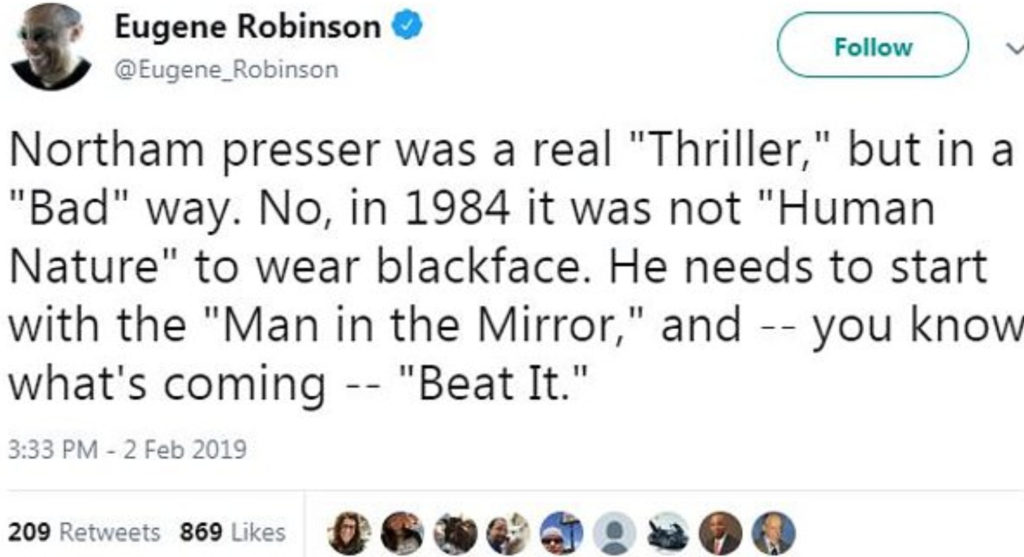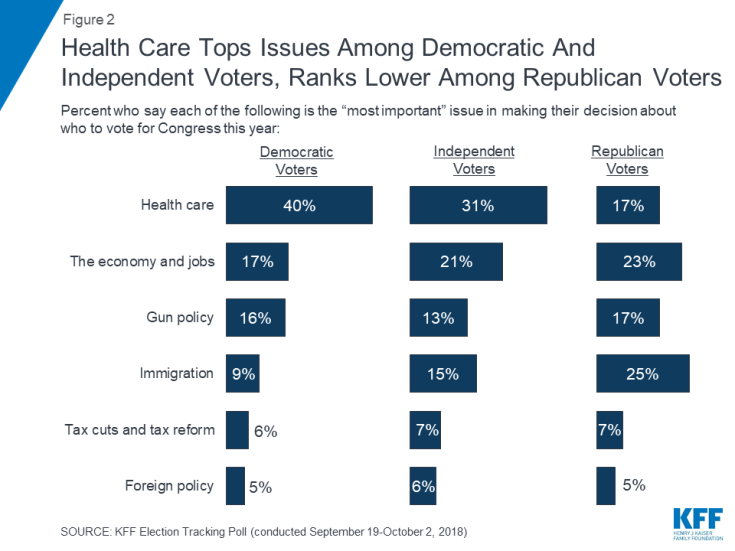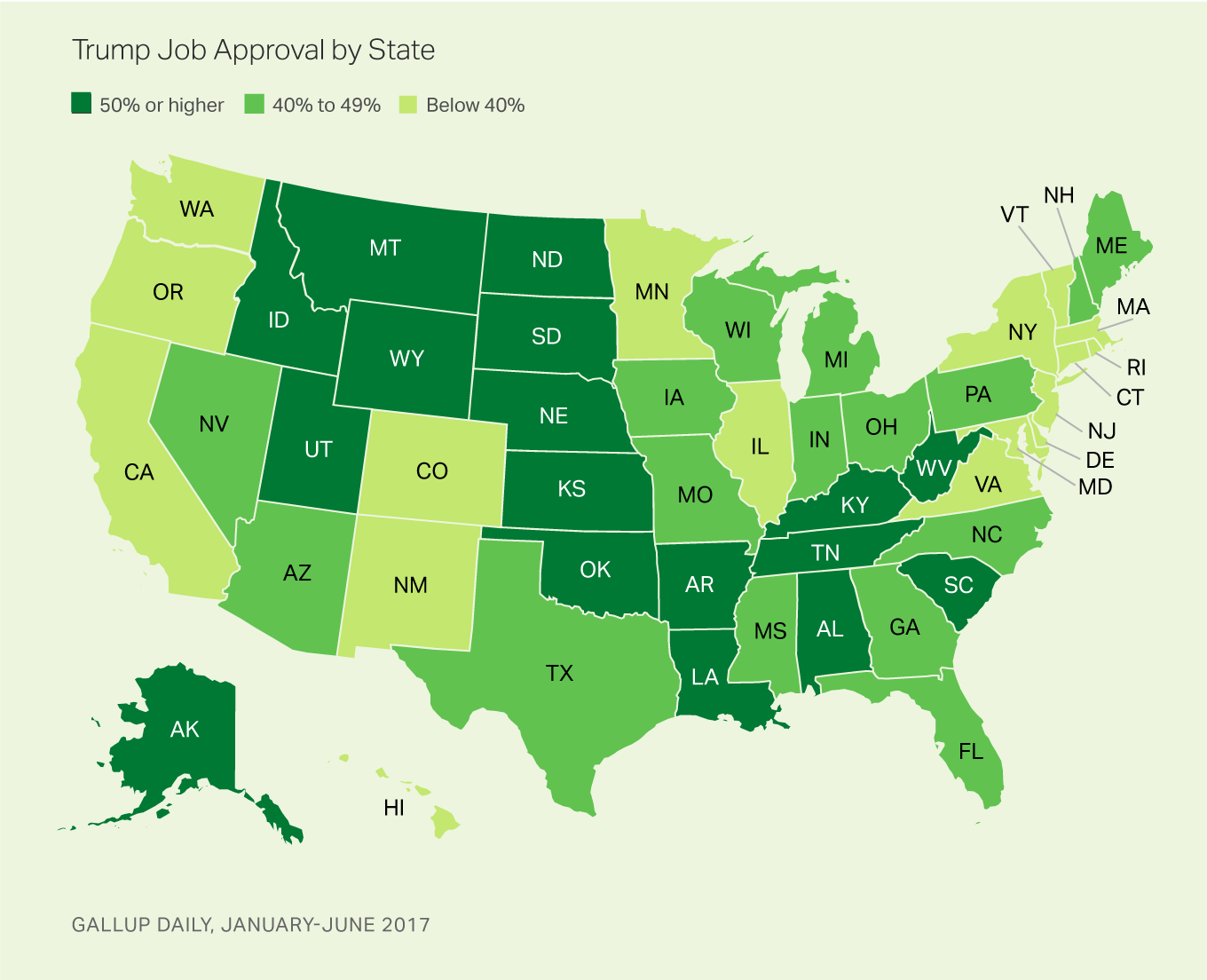The Daily Escape:

The Expectation — 1936 painting by Richard Oelze
(Patriots won a tough Super Bowl, and the chili was terrific!)
Ralph Northam is the Democratic governor of Virginia. Ralph is on pace to wreck his political life. Here’s the story so far:
On Friday, Northam’s personal page from his 1984 medical school yearbook surfaced. It includes a picture of two unidentified people, one wearing blackface, the other in a Klan robe and hood.
Within a few hours, Northam says he’s one of the people in the picture, although he doesn’t say which of the two people he is.
A few hours later, he says he’s definitely NOT in the picture, but he confesses to a different racist escapade. Around the time that he graduated from medical school, he participated in a Michael Jackson impersonation contest, and used shoe polish to darken his skin.
Eugene Robinson had a great take, using Jackson’s tunes:

But Northam must have done enough in his youth to mistakenly assume that the picture in the yearbook was of him, even though he had never even seen that picture before Friday.
Is anything about his story even plausible, much less true? So the question becomes, what follows IF the story as he’s telling it now is true? Wrongo condemns his actions, and he’s certainly handled this as poorly as possible.
As a practical matter, his political career is over.
Wrongo was born into a racist family system. Both sides of his family were without doubt, white supremacists. But as a child of the silent generation, living in a white suburban NY culture, by 17 years of age, Wrongo and all of his friends had figured out that white supremacy was unacceptable.
If Northam had said, “I grew up in a place and time when racism was tolerated, and even at 25, I hadn’t quite left it behind. But my record shows I’m not that guy now, and haven’t been for 30 years. I am deeply embarrassed and sorry I was such a dope back then“, we could be more forgiving.
But instead, he says he doesn’t recall, and offers up a different racist experience while invalidating the first racist experience.
Northam is undergoing political death by a thousand cuts. He’s done, he just hasn’t come to terms with it. Sadly, it didn’t necessarily have to be that way. He just wasn’t willing to do the difficult work of first, being honest with himself, and then, being honest with the rest of us.
Northam’s whole story is especially upsetting in light of studies that show that medical students believe black people feel less pain than whites. While Northam was training to be a doctor, apparently, he was dressing up blackface, and possibly in Klan costumes.
Did his racism have a negative effect on any black patients he may have treated?
Even if you take at face value his claim that he isn’t in that yearbook photo, he clearly remembered wearing blackface while dressing up like Michael Jackson that same year. If wearing blackface is disqualifying, then his Michael Jackson imitation is reason enough to step down. Remember that he said:
“I only blackened my face a little bit because everybody knows shoe polish is hard to get off your face”
Sorry, but most people have no idea how hard it is to get shoe polish off your face. Or, that shoe polish is the accepted method of blackening your face. Sadly, Northam clearly doesn’t think his blackface admission is disqualifying. He isn’t sorry for doing it–he’s sorry he got caught.
When this type of thing happens, someone always says we shouldn’t punish him for something that happened 35 years ago, that we should forgive and forget. Some will say that Democrats are showing an inappropriately heightened sense of political correctness. That they are exaggerating the offense in this case.
We ought to forgive, but there can be no forgetting.
Time to wake up America! Racism is our original sin, and it is still practiced by both political parties, and by plenty of average citizens. We can’t call for Rep. Steve King (R-IA) to resign for saying that White Supremacy is A-OK, and not also insist that Governor Ralph Northam step down.










